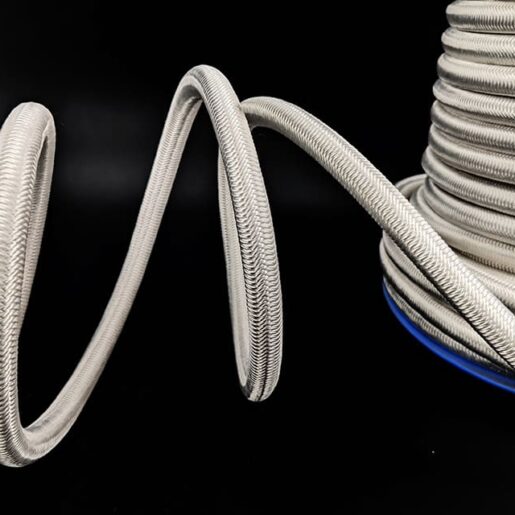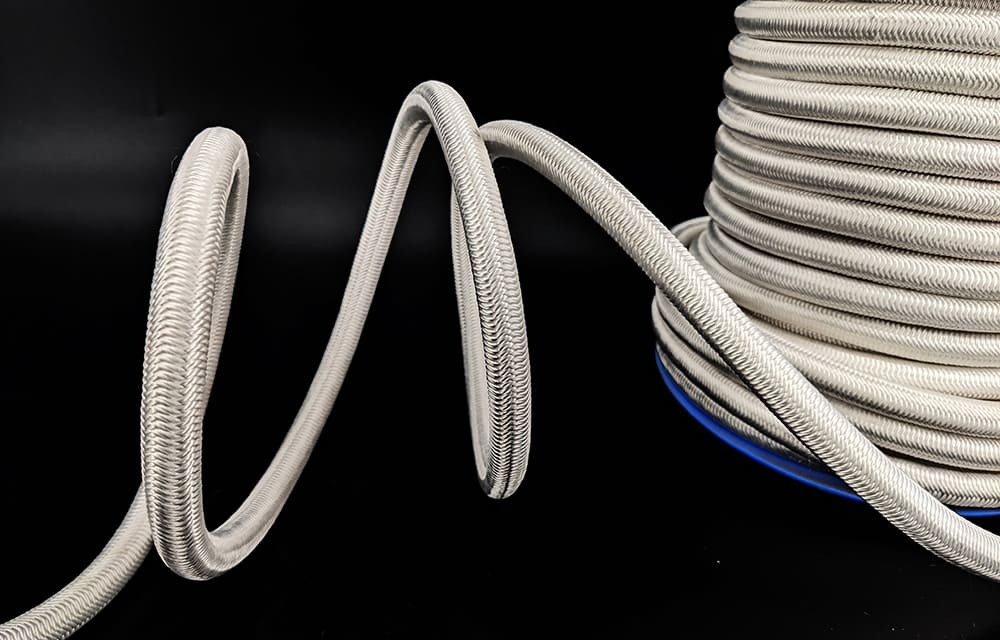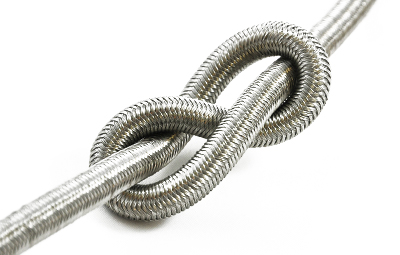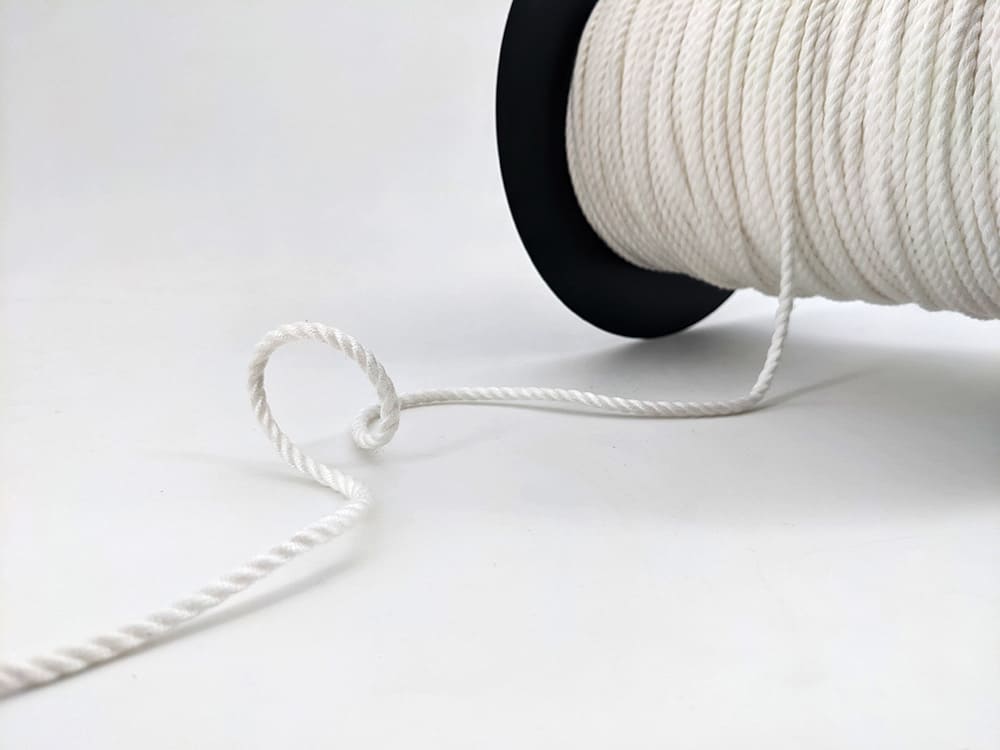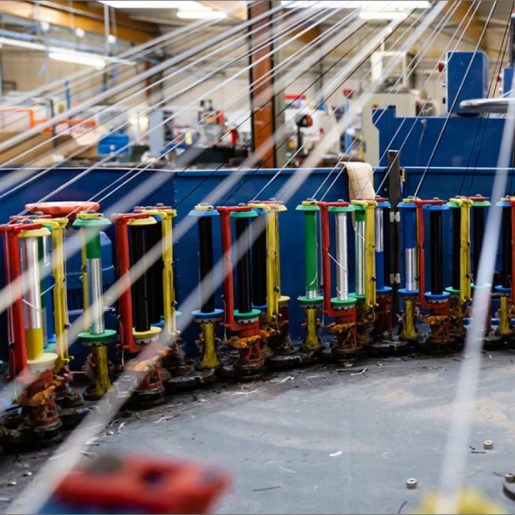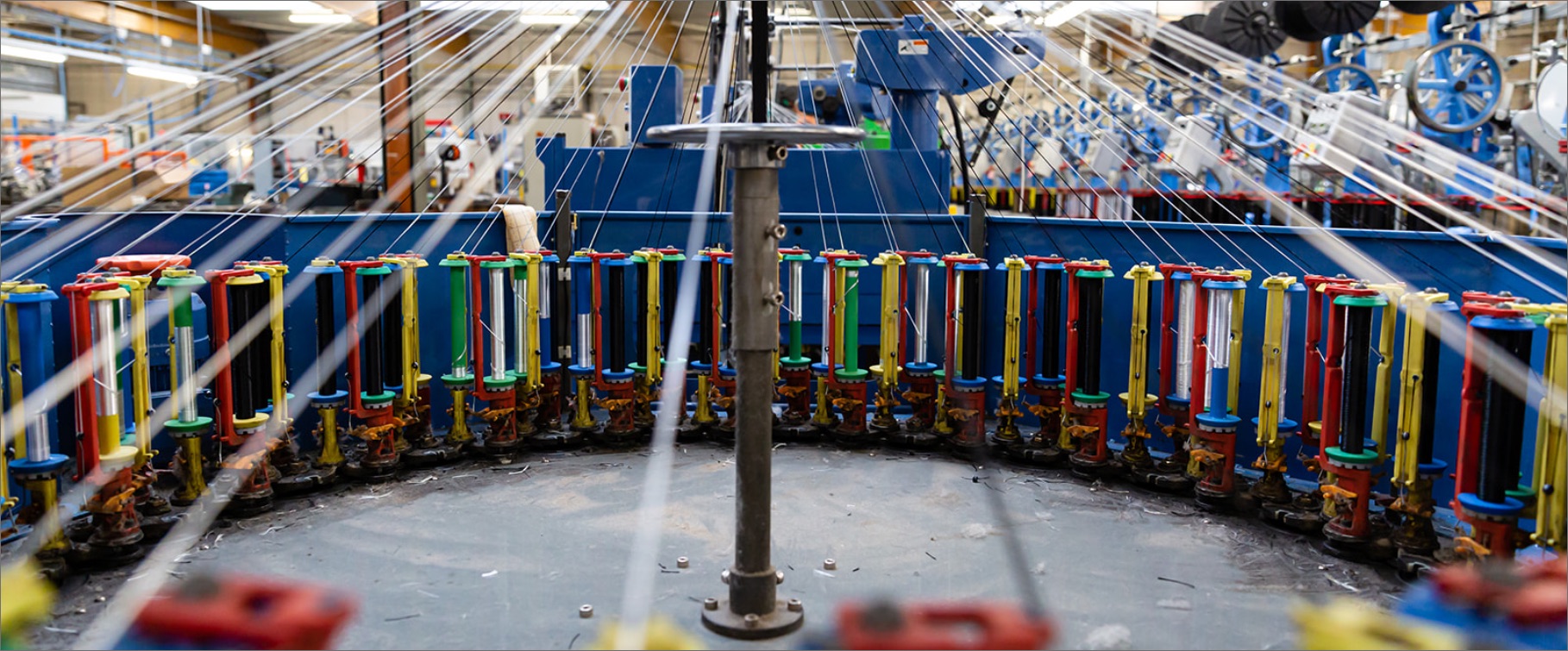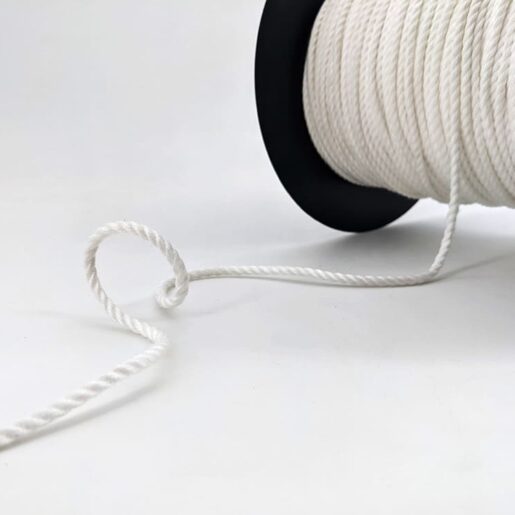Some artificial textile fibers are always derived from natural plant fibers (cellulose from beech wood, bamboo, white pine, eucalyptus, etc.) Different physical and chemical processes make it possible to extract and isolate cellulose in order to extrude it. Depending on the process used, the fibers obtained belong to the category of viscose (regenerated cellulose) or acetate (cellulose transformed into cellulose esters). They are exploited in the form of continuous filaments (rayon) or twisted short fibers, cotton aspect (fibranne). Other artificial textile fibers come from the chemical transformation or the enrichment of natural fibers of animal or vegetable origin such as such as brown algae (Alginate or Seacell®), corn starch (PLA), milk casein (Lanital), crustacean shell (Crabyon®), etc. Just like natural fibres, artificial fibers can come from organic (cellulose, proteins, etc.) or inorganic. This is the case for fiberglass (regenerated silica), carbon fiber, basalt and mineral wool used in insulation (processed minerals).

